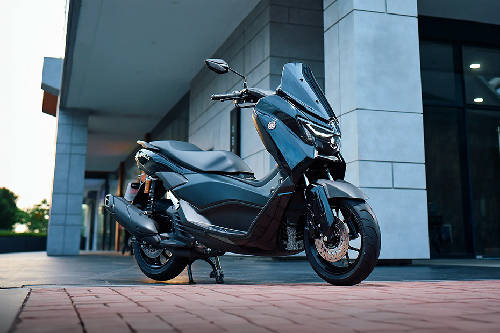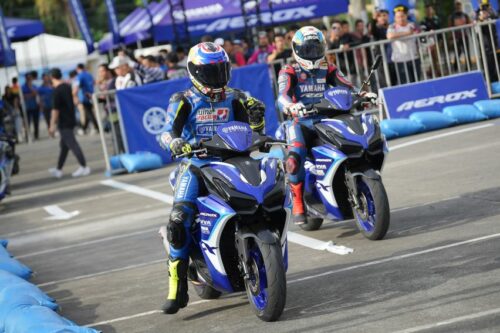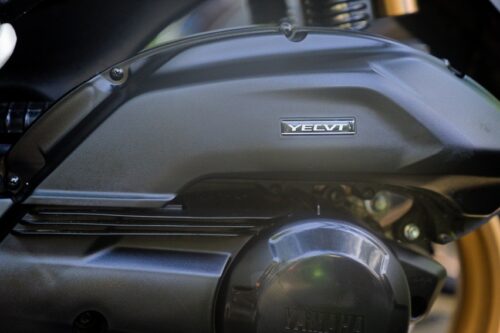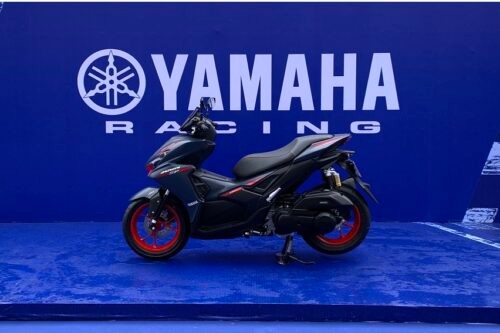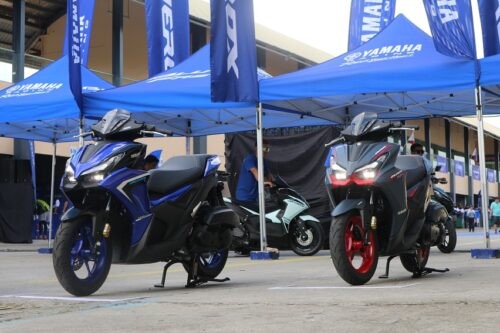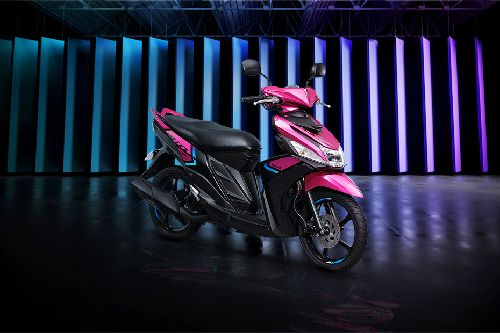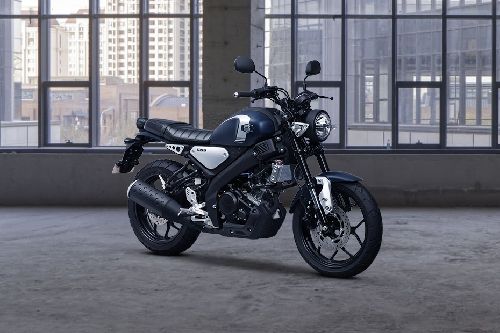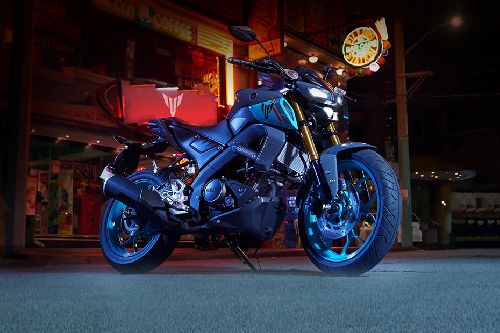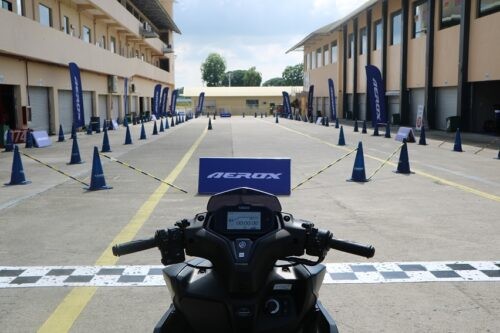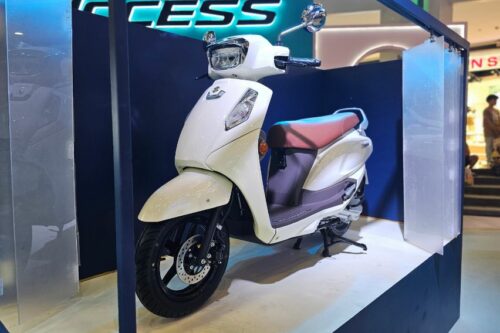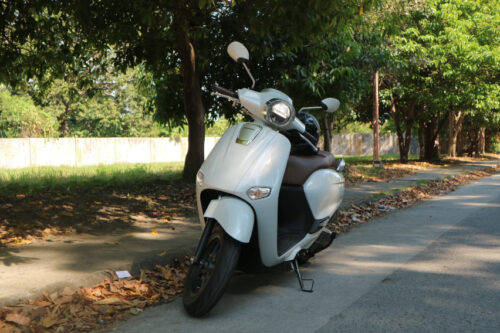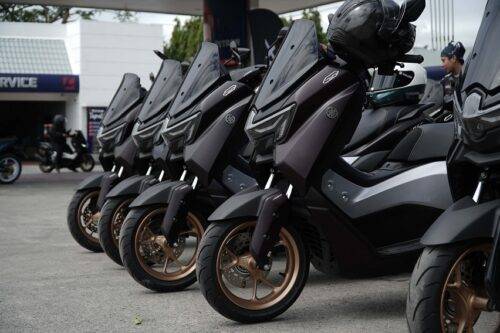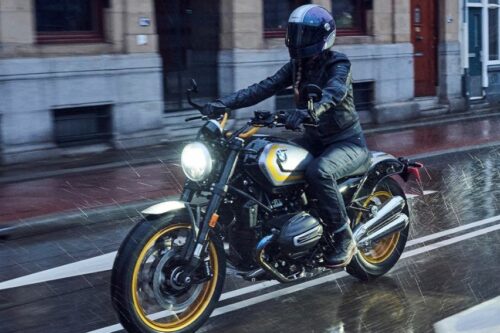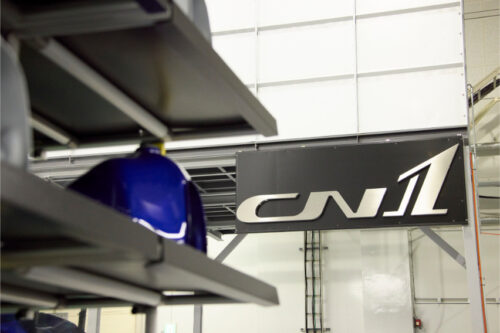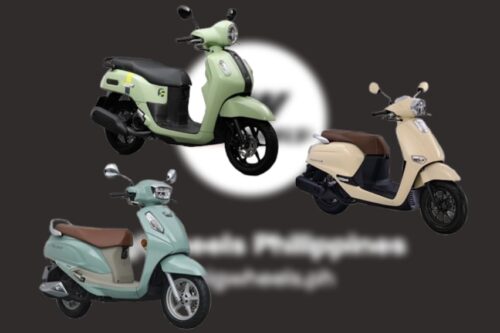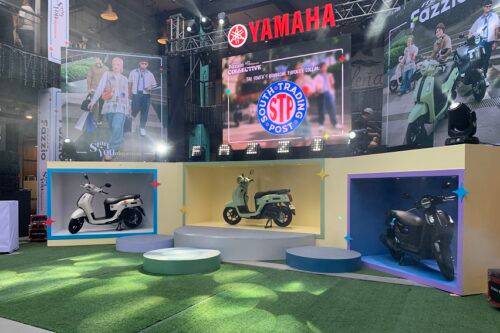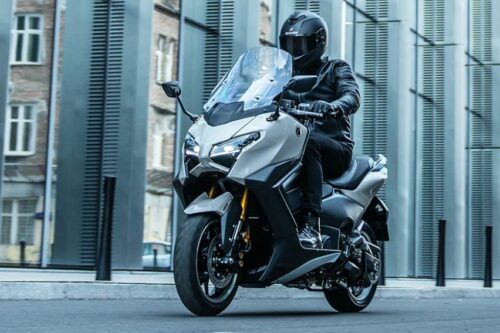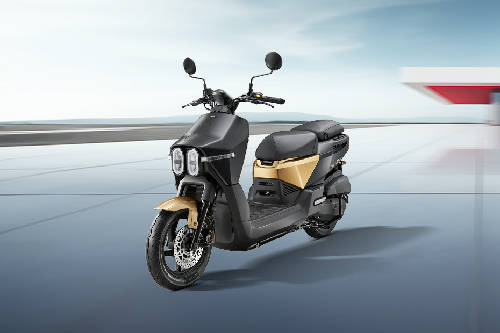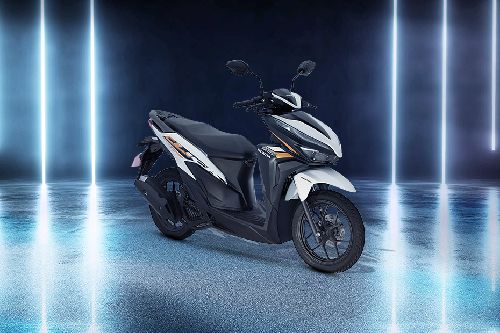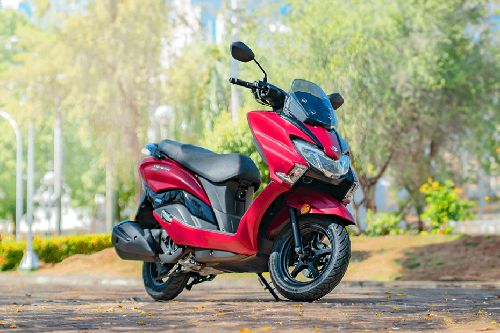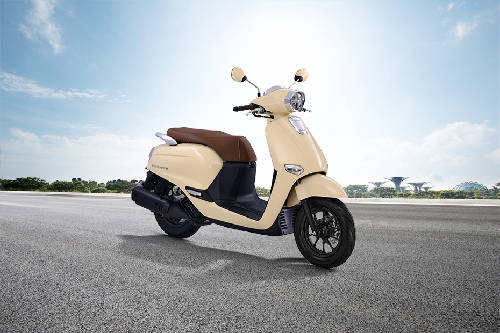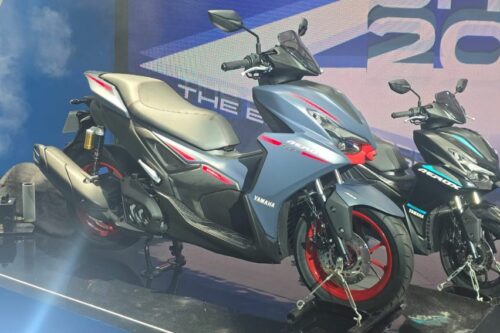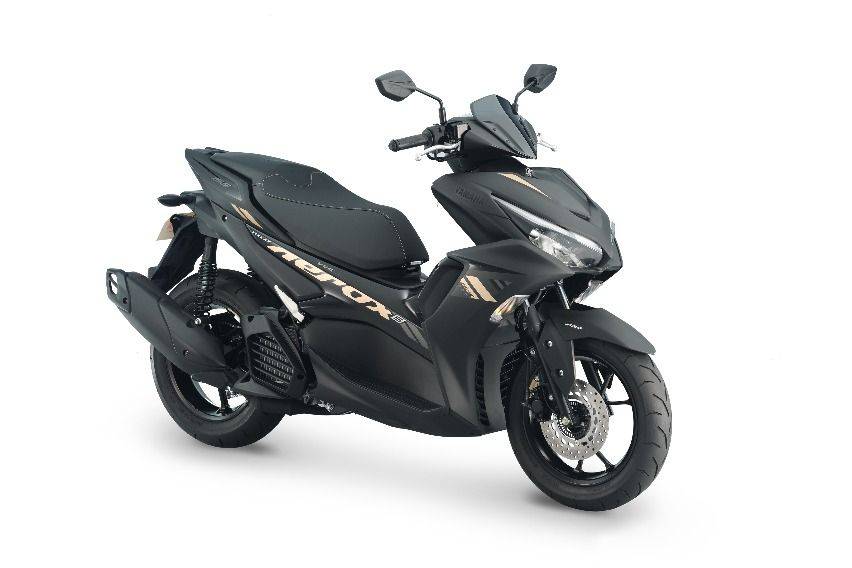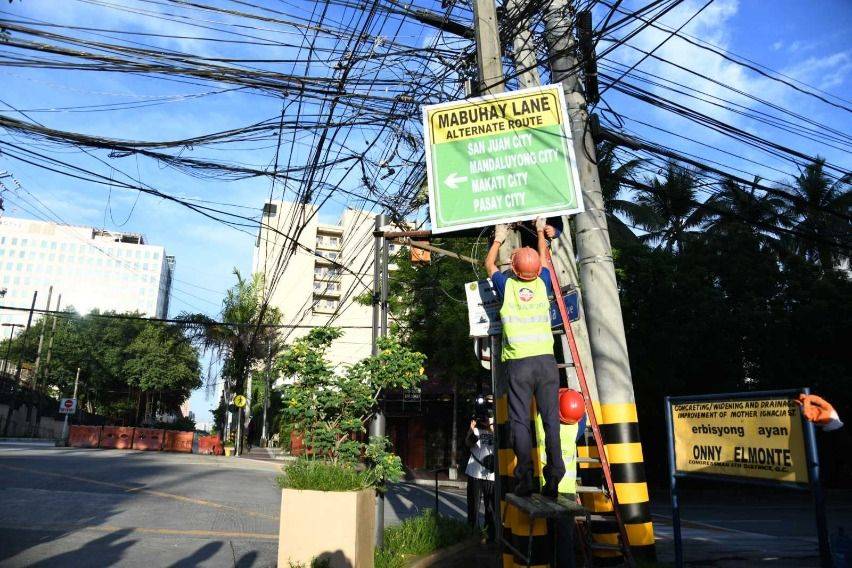Difference between Yamaha Mio Aerox 155 and N-Max 155
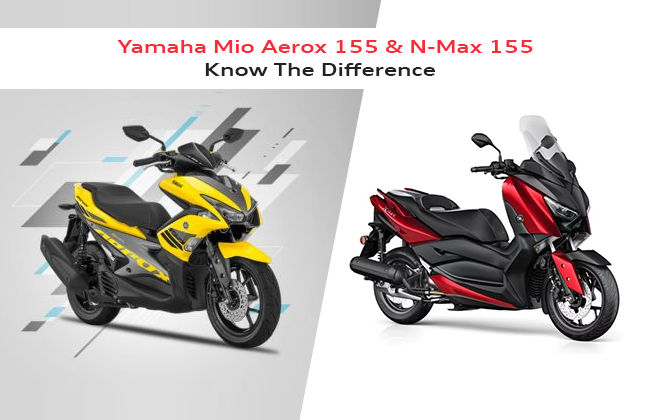
MANILA: The Mio Aerox and the Nmax are two very capable scooters from Yamaha lineup. They serve two different segments. The Aerox is for the young crowd while the Nmax is for the more mature commuter.

From the looks of it, the two scooters in question do not appear to have anything in common. Under the skin though, both have the same engine although singing to different tunes. The 155cc engine uses variable valve actuation that controls the fuel intake according to the rpm. This allows it to generate more torque at low revs and higher power at higher speeds. The said mill produces the same peak output of 14.8 hp at 8000 rpm in both the scooters. However, the torque figure is higher in Nmax at 14.4 Nm compared to the Aerox where the engine produces 13.8 Nm. It also achieves it faster at 6000 rpm against the Aerox at 6250 rpm.

The difference in the torque figure hints at the differing expectations from the two scooters. The Aerox has a curb weight of 116 kg. The Nmax is 9 kg heavier. This gives the Aerox slight advantage in power to weight ratio. This is where the similarities between the two end.
Even the most primitive of cave men will tell you that the Aerox is meant to race. Its shape and its dimensions speak of its sporty intentions. Its dimensions at 1,990 (L) x 700 (W) x 1,125 (H) mm make it narrow and lithe. Its seating height at 790 mm makes it agile, giving its riders more confidence to lean harder. The hard suspension also aids in this. But biggest of all is the size of its tires. Its 110/80-14 C53P front and 140/70-14 C62P rear tires are bigger and wider, giving it better grip for cornering.

While the Aerox looks like a racing motorcycle, the Nmax is a maxi scooter that looks like a modern touring motorcycle. It is wider and lower at 1,955 (L) x 740 (W) x 1,115 (H) mm. The ground clearance is also less at 135 mm as is the seat height at 765 mm. The tires are smaller at 110/70-13 MC 48P for the front and 130/70 -13MC 63P in the rear. These proportions give the Nmax a more relaxed riding position. This scooter is not meant for doing wheelies and cornering at extreme angles. It is meant for cruising on highways for long distances in comfort. This is also evident from the larger gas tank in the Nmax – 6.6 litres compared to 4.6 litres in the Aerox.
There are, however some ambiguities. The Nmax has disc brakes doing stopping duty in both the front and rear wheels. It even comes with ABS as standard feature ensuring braking without skidding. At the same time, the Aerox has to do with just one disc brake in the front and a conventional drum brake in the rear, with no option for an ABS upgrade. Why a race focused scooter would overlook modern safety features? The answer may perhaps lie in the fact that ABS is still not considered an essential feature in most Asian markets. Instead, it is looked upon as a premium feature. The Nmax is indeed a more premium offering at a price point of Php 118,000 compared to the Aerox at Php 99,800. The inclusion of the ABS is probably to justify the premium pricing of the Nmax. Hopefully, Yamaha will see the light and include disc brakes in both front and rear along with ABS in the future.

There are some features which are thankfully included in both the scooters. Both of them have cavernous underseat storage spaces. The Nmax has 23 litres of storage while the Aerox has a more prominent 25-litre under seat storage. Both of them are shaped to fit a full face helmet and then some more. The Aerox also comes with additional storage in the front along with an electric charging point. This is a feature that would be much appreciated by the younger crowd who are the primary focus of the Aerox. The Aerox’ funkier dashboard is also more up their alley than the decidedly mature one of the Nmax.
The differences then are many and quite divisive. The people of the Philippines though, end up with two outstanding offerings from Yamaha, for two very distinct needs. But no matter what they choose, they will end up very satisfied.
Yamaha Aerox vs Yamaha Nmax Comparison
Yamaha Aerox Related Stories
- News
- Featured Stories
Yamaha Motorcycle Models
Don't Miss
Trending & Fresh Updates
- Latest
- Popular
You might also be interested in
- News
- Featured Stories
Yamaha Featured Motorcycles
- Latest
- Popular
Compare & Recommended

|
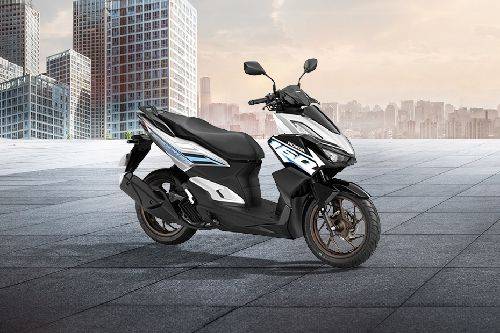
|
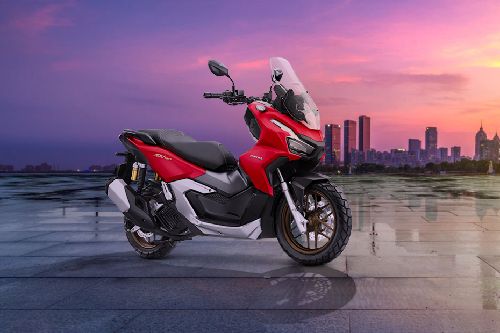
|
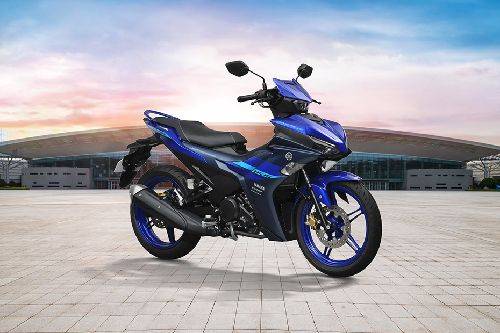
|
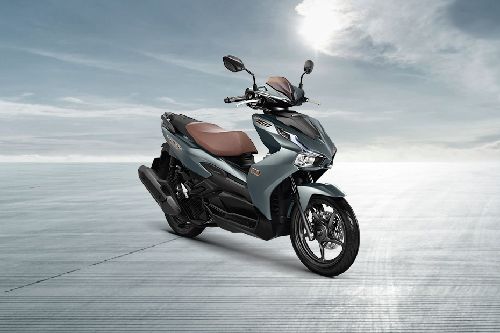
|
|
Engine
155
|
157
|
157
|
155
|
157
|
|
Power
15.1
|
15
|
15.8
|
17.7
|
15
|
|
Ground Clearance
145 mm
|
138 mm
|
165 mm
|
150 mm
|
142 mm
|
|
Start Option
Electric
|
Electric
|
Electric
|
Electric
|
Electric
|
|
Transmission Type
CVT
|
CVT
|
CVT
|
Manual
|
CVT
|
|
Front Brake
Disc
|
Disc
|
Disc
|
Disc
|
Disc
|
|
|
Trending Scooter
- Latest
- Popular
Yamaha Aerox Motorcycle Articles From Carmudi
- journal
Compare
You can add 3 variants maximum*- Brand
- Model
- Variant



